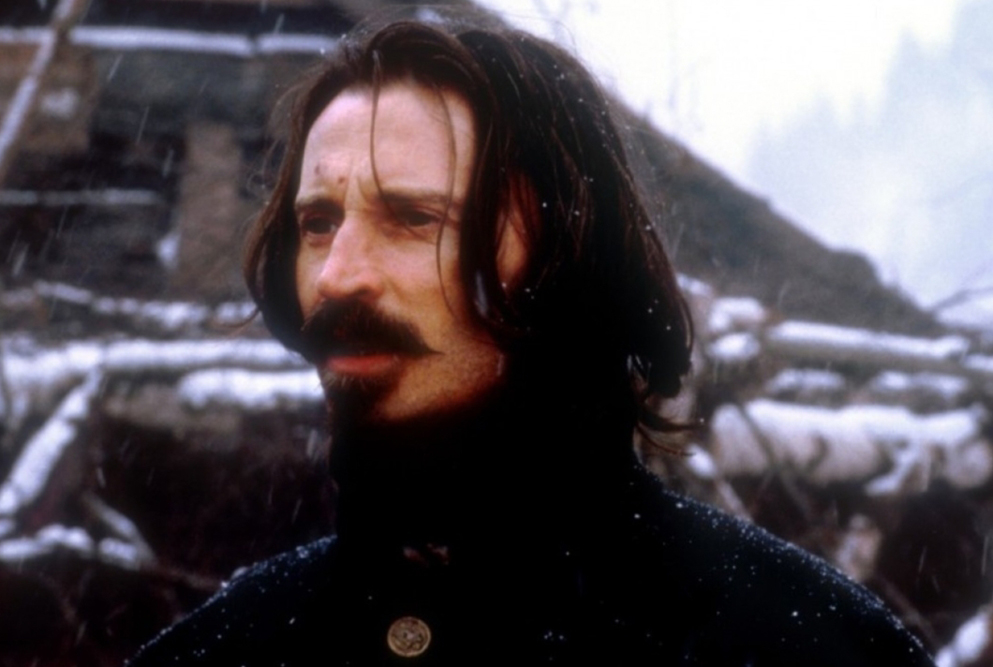Sometimes we are presented with an event so awe-inspiring, so unique and so outlandish that we fail to recognize it for its essence. Sometimes we are so taken aback by what we have witnessed we can’t seem to define it.
Higher, faster, stronger
Sometimes we are presented with an event so awe-inspiring, so unique and so outlandish that we fail to recognize it for its essence. Sometimes we are so taken aback by what we have witnessed we can’t seem to define it.
But make no mistake: When Felix Baumgartner took a two-and-a-half-hour journey 24 miles into the stratosphere—enclosed in a tiny space capsule towed by a 55-story helium balloon—he set himself up to perform the greatest athletic feat of the 21st century.
At 12:08 a.m. on Oct. 14, after completing his ascent from the New Mexico desert to his perch in the heavens, Baumgartner saluted the camera and then stepped off the edge of the cocoon that had carried him there, taking an international Internet audience of millions along with him for a truly unprecedented adventure.
Baumgartner, the most prolific BASE jumper and skydiver of the present generation of daredevils, launched himself into free fall higher and faster than anyone had previously accomplished. Bedecked not with the flag of his native Austria but rather the wings of project sponsor Red Bull, he married the commercialism of modern sport with the nostalgia of an era when every record was up for grabs.
The trip was not without complications. Through the first minute of his plunge from 128,000 feet, Baumgartner found himself caught in an uncontrolled spin, corkscrewing violently toward the earth below. Fighting against the rotations, he finally managed to straighten his descent about 80 seconds into the fall. In Baumgartner’s own words, it was “like swimming without touching the water.”
Somewhere in those upper reaches of the stratosphere, where the air is thin and offers little resistance, Baumgartner also became the first human to break the sound barrier without vehicular assistance, and he kept accelerating from there, topping out at 834 miles per hour before the air thickened and slowed his descent.
Three minutes later, after free-falling nearly 120,000 feet, Baumgartner opened his parachute and glided the rest of the way to solid ground. Floating down to the landing zone outside Roswell, N.M., he stuck a landing that would make any gymnast proud, then, understandably, fell to his knees.
Human beings have always had a fascination with testing the extent of our capabilities, and throughout history we have sought to identify and expand those limits. We want to see exactly how far we can go, and then we want to see someone go beyond it. It’s the reason so many were simultaneously awed and annoyed when Usain Bolt broke the 100-meter world record at the 2008 Olympic Games—while he proved that it was possible for an individual to travel that distance in less than 9.7 seconds on his own steam, he also slowed to celebrate before the finish line and left room for improvement. Bolt discovered the limits but declined to exceed them.
Baumgartner didn’t leave anything on the table when he took his 24-mile dive. He set records galore: highest elevation achieved by balloon (128,100 feet), fastest speed achieved without engine power (833.9 miles per hour) and longest free-fall distance (119,846 feet). The YouTube broadcast of his jump became the most-watched live video in the site’s history, with more than 8 million people tuning in worldwide.
But his flight was bigger than records. Athletic achievement, after all, isn’t merely about defeating an opponent—sport, at its very core, is the quest to bring the human form to its breaking point, to go further than we have ever gone before. With his leap into history, Baumgartner transcended the lines of a playing field and showed us just how far humanity can push itself.





